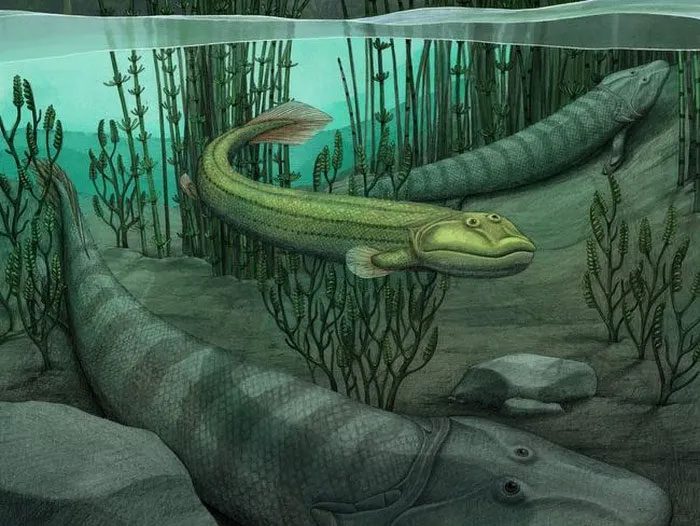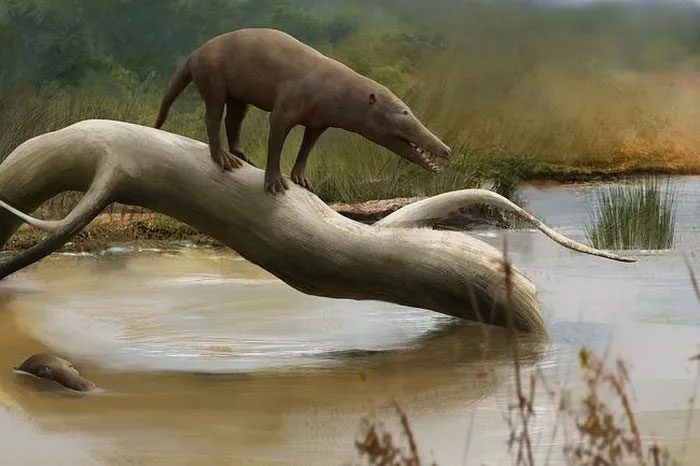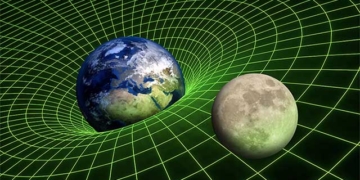Scientists have recently discovered fossils of a peculiar animal genus that “moved house” between land and sea not once, but twice.
Long before the diverse reptiles known as “dinosaurs” ruled the land, when primeval rainforests reached skyward and housed countless giant insects, a humble flat-headed fish decided to test its limits by crawling from the ocean onto land.
At the same time, another fish species, seemingly tired of land, chose to return to the ocean to coexist with its aquatic relatives.
The fish that opted to stay on land is called Tiktaalik roseae—or simply Tiktaalik—which originates from an Inuktitut word meaning “large freshwater fish.” This modest lobe-finned fish turned out to be a common ancestor of all tetrapods, from dinosaurs to mammals.
Tiktaalik is distinguished by its unique fins, which resemble feet, allowing it to climb out of the water to stroll along shallow riverbanks. It is also referred to as a fishapod or “four-legged fish” and is not the only genus on this evolutionary journey.

Reconstruction of Qikiqtania.
A relative of Tiktaalik is named Qikiqtania wakei. Both lived during the late Devonian period, around 375 million years ago. When analyzing the jawbone of this fish, scientists found it had a flat face, a triangular head, and eyes positioned on top—quite similar to Tiktaalik. However, they were significantly smaller, with a maximum length of 76 cm compared to Tiktaalik’s 2.7 m.
What is particularly interesting here is: despite having outer fins similar to the ancestors of terrestrial vertebrates, the skeletal structure of Qikiqtania’s fins lacks crucial elements for walking and supporting its body on land. Scientists discovered this detail through CT scans.
Its fins were specially designed for swimming—an indication that it was better suited to living underwater rather than on land.
In short, although it also ventured onto land like its ancestors and lived like Tiktaalik, it ultimately changed its mind and returned to the ocean to thrive.

Reconstruction of the amphibious ancestor of whales.
However, the story of this “relocation game” didn’t stop there. Long after Qikiqtania, around 47 million years ago, the ancestors of modern whales began to lead a lifestyle more closely tied to the aquatic environment—to evade predators and search for food.
Over tens of millions of years, these originally terrestrial mammals gradually evolved into the whales and dolphins we see today. That is why, even now, dolphins and whales are still regarded as mammals that give birth rather than simply “fish” as their name suggests.




















































